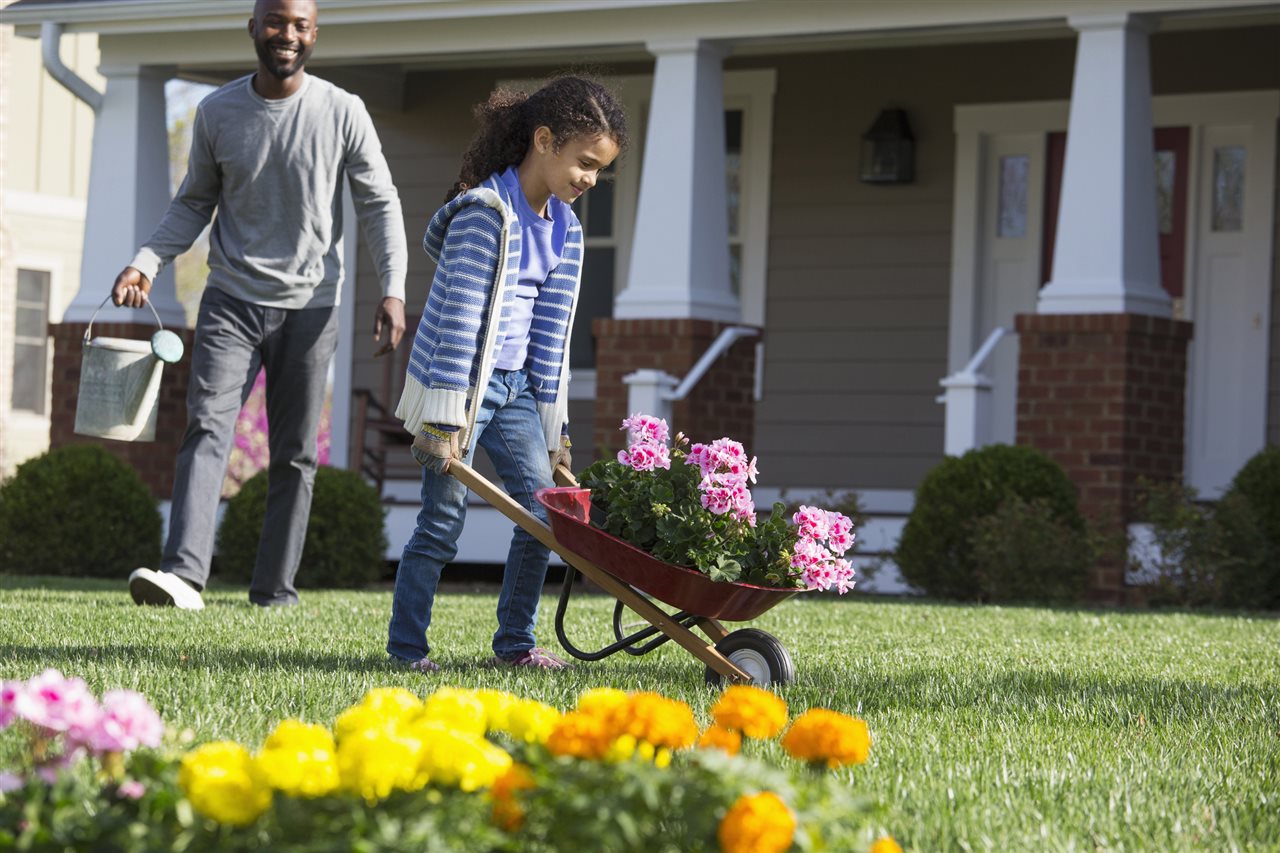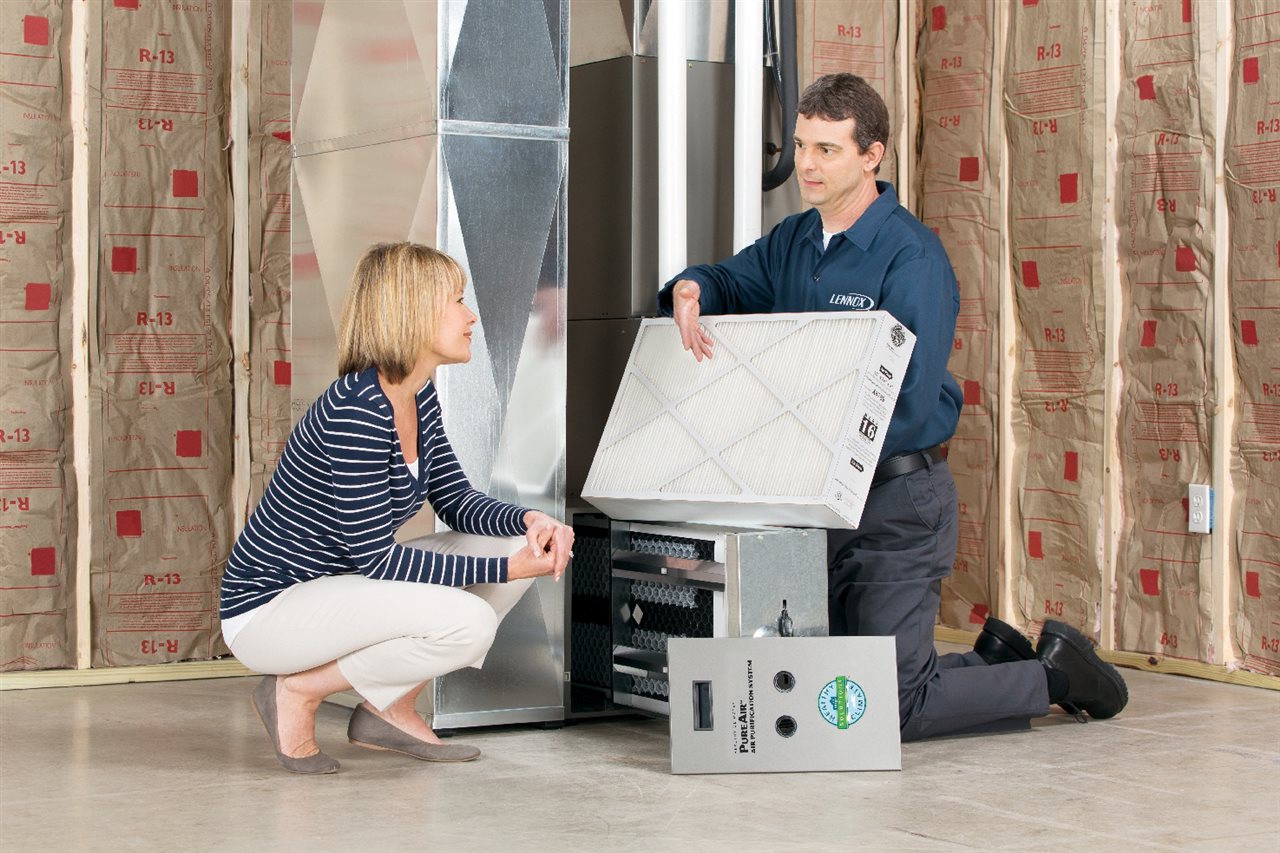(BPT) – Tis the season … for home improvement. Longer days, warmer weather and more flexible schedules (hello, summer break!) have a way of
inspiring home improvement projects. It’s as if appliances in and around the house emerge from the shadows of winter, calling out for attention. Suddenly, the dishwasher rack has rusted, the washing machine agitator has ceased to work, the A/C unit is making a strange clicking noise and the lawnmower blade is broken. Now is the perfect time to repair these assets around the home, and doing it yourself has never been easier or more affordable.
Consider the many benefits of DIY appliance repair, aside from the personal satisfaction it offers. The cost to repair an appliance is typically a fraction of the cost of replacing it altogether. The money saved could be applied toward larger home improvement projects, such as new flooring or an upgraded bathroom.
New appliances may be different sizes and feature dissimilar finishes than their predecessors. This could make it difficult for homeowners to replace an older appliance with a new one that fits in the same space and matches the look of other nearby appliances. Repairing appliances, rather than replacing them, enables homeowners to keep the original appliances they selected and are accustomed to using, knowing they complement their home design and decorating style. DIY repair also means avoiding the hassle of scheduling a service call, having to take a vacation day from work to wait for a repair person at home and experiencing the frustration of a technician failing to show or bringing the wrong replacement part.
The proliferation of how-to articles and DIY videos online has made it possible for homeowners to tackle appliance repair projects on their own, saving both time and money. The key to their success is finding the correct replacement parts. Most home improvement stores sell aftermarket parts for appliances, but these parts can undermine the best repair work and even damage appliances. For example, they may be lower quality than the parts they are replacing, may not fit or function as well as the original and may not carry the same warranty protection.
Sites like RepairClinic.com sell only original replacement parts, so homeowners can be confident the products they purchase are approved for use and guaranteed to work in their appliances. With over 7 million appliance parts and maintenance products for over 200 appliances, including lawn equipment, outdoor power equipment and heating and cooling equipment brands, Repair Clinic has helped more than 20 million people save over $2.5 billion in repair costs. Repair Clinic also offers same-day shipping, thousands of expertly produced video tutorials, a 365-day return policy and live customer service support.
This season, commit to repairing the appliances in and around the house that are calling out for help. You’ll save time and money, and enjoy the satisfaction of doing it yourself!








